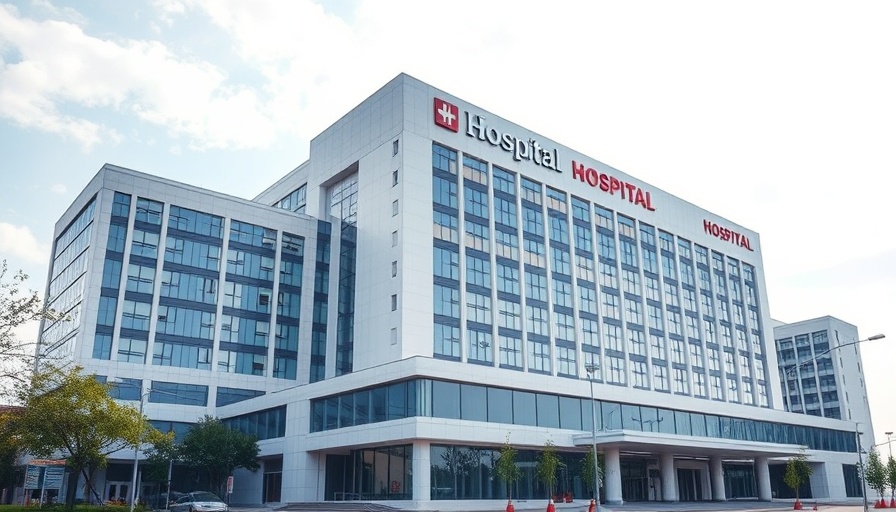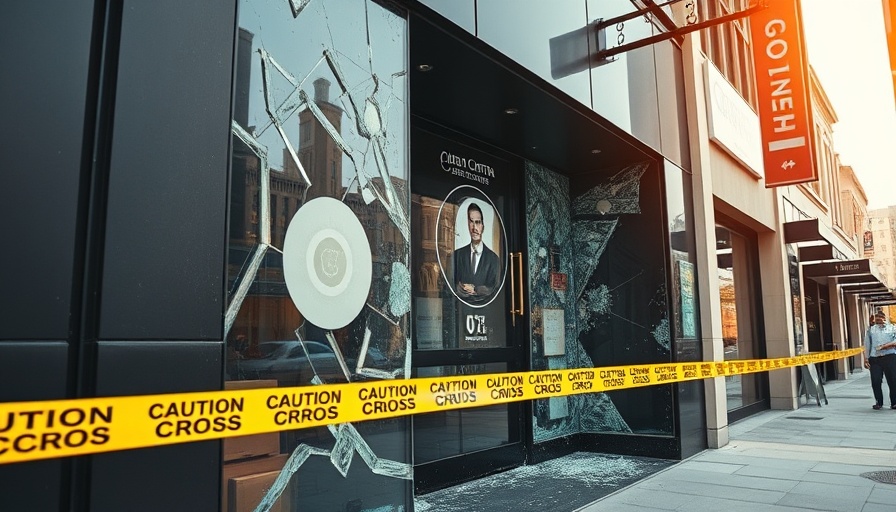
The Shocking Risks of Fireworks in Our Communities
The recent incident involving a child critically injured by a fireworks explosion in Memphis has raised alarms across the MidSouth. Such tragic events remind us of the often overlooked dangers associated with fireworks, especially during festive seasons. Homeowners, while celebrating, must remember that these celebrations can come with severe risks, both to property and to health.
Fireworks: A Hazardous Celebration
According to the American Pyrotechnics Association, fireworks cause thousands of injuries every year. Data shows that approximately 12,000 individuals are treated in emergency rooms annually for fireworks-related injuries. Of that number, children are often at a heightened risk. This alarming statistic underscores the necessity for caution—not only for the use of fireworks but also for awareness around their impact on our communities.
Why Are Fireworks So Dangerous?
Fireworks can be unpredictable; a moment of excitement can lead to a life-altering injury. Common injuries associated with fireworks include burns, lacerations, and eye injuries. The chemicals in fireworks, such as potassium nitrate and sulfur, can cause severe burns not only from direct contact but also from inhalation of toxic smoke. In homes where fireworks are frequently used, the risk of fires also escalates significantly.
In fact, the National Fire Protection Association (NFPA) has reported that fireworks start an average of 19,500 fires each year. This can lead to devastating outcomes for homeowners, resulting in property loss and injury to family members or neighbors.
Real-Life Implications: Learning from Tragedy
The unfortunate case of the child injured in Memphis serves as a somber reminder. Local officials have urged parents to reconsider using personal fireworks, advocating for authorized community displays instead. In many areas, these professional shows not only guarantee safety but also foster a sense of community.
For those who insist on using home fireworks, understanding local laws and safety guidelines is crucial. Regions across the MidSouth may have regulations that dictate which types of fireworks can be legally used, especially around holidays. Familiarizing oneself with this information can prevent tragedies.
Community and Family Safety First
As homeowners, it's important to prioritize safety for our families and neighborhoods. This can include hosting or attending public fireworks displays where regulations are enforced, and trained professionals handle the pyrotechnics. Understanding how to minimize risks will ultimately allow for safer celebrations.
Emergency Preparedness: Be Ready for Anything
While celebrating with fireworks, it's essential to be prepared for emergencies. This means having a first aid kit accessible, knowing the nearest hospital, and maintaining a fire extinguisher in your home. Small steps can make a significant difference when an accident occurs. Teaching children about the dangers of fireworks and instilling measures that promote their safety can protect them from harm.
Rethinking Customs: A Shift Toward Safer Celebrations
As conversations about safety evolve, so too does our responsibility as members of the community. Instead of traditional fireworks, consider exploring other forms of celebration. Novel ideas such as laser light shows, drone displays, or community block parties foster joy without the risk associated with fireworks. By leading the way in safe practices, we can inspire others to rethink their approach and put community safety first.
Final Thoughts: Celebrate Responsibly
With the echo of firecracker pops and colorful displays comes a weighty responsibility to ensure the safety of ourselves and those around us. The heart-wrenching story of a child injured by fireworks should prompt families to assess their celebration methods critically. Embracing safer alternatives not only protects individuals but also our homes and communities. As we enter festive seasons, let’s prioritize health and wellness in all our celebrations.
 Add Row
Add Row  Add
Add 



 Add Row
Add Row  Add
Add 
Write A Comment